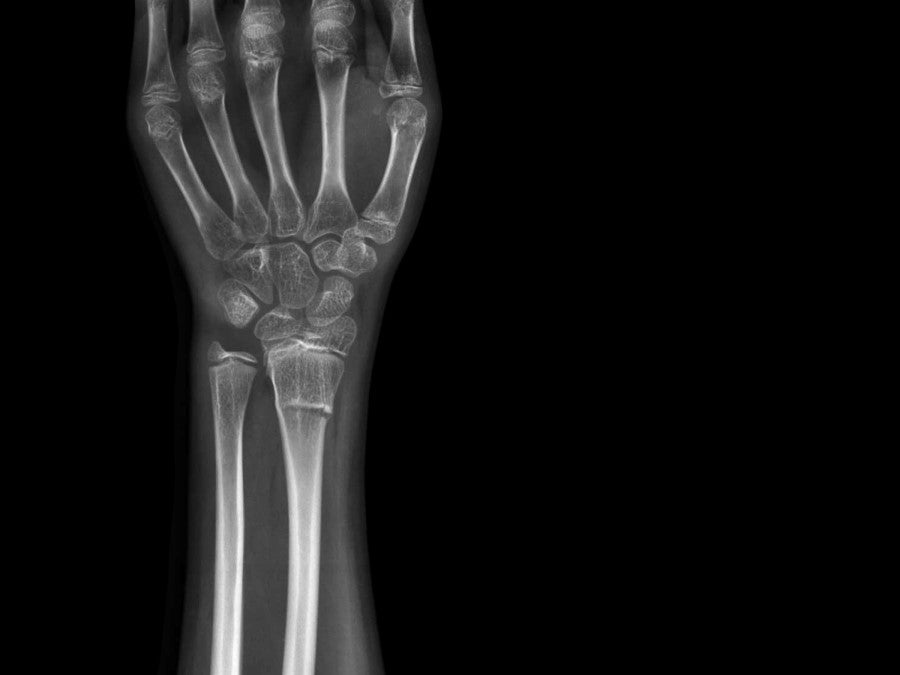
Trauma burden of fractures associated with snow and ice causes winter pressures on hospitals. Trauma fixation devices are considered to be the essential first-line treatment for bone fractures. According to GlobalData analysis, the trauma fixation market is valued at $5.3bn in 2021. It will reach $5.9bn in 2030, with a Compound Annual Growth Rate (CAGR) of 1.3% from 2021 to 2030.
According to World Health Organisation (WHO), traumatic injuries account for roughly 9% of all deaths globally each year, while a large proportion of victims survive and require hospitalisation and treatment. Trauma fixation devices provide support for aligning, stabilising and immobilisation of fractured bones. Trauma fixation devices are broadly classified into two types, internal and external fixators. External fixation is often used in fractures that would not be properly aligned if a cast was used, while internal fixation is used to surgically supplement the healing of a bone using bioabsorbable or synthetic materials. Internal fixation devices are known to lead to more thorough anatomical healing. Because of the improved anatomical healing allowed through trauma fixation, there is a global trend towards the usage of internal fixation devices. Traditional cannulated screws have been experiencing lagging sales, but bioabsorbable screws are experiencing massive growth and are expected to become a standard treatment option in the forecast period.
Although trauma fixation devices have been used for many decades, they are constantly being improved. In addition to increasing disease burdens and a growing orthopaedic market, the importance of improving patient outcomes and ensuring safer recoveries will continue to drive the growth of the trauma fixation market. Payers, regulators and healthcare facilities are continuously focusing on patient outcomes and quality improvement. GlobalData medical devices pipeline database shows that more than 119 new trauma fixation devices are in development, focusing on high-performance polymeric materials such as carbon fibre reinforced polyether ether ketone (PEEK) polymers and bio-integrative degradable polymers. These new devices are radiolucent, easily machinable, more comfortable for patients and have longer lifespans compared to metal-based implants.
Trauma fixation market has been impacted slightly by the Covid-19 pandemic, compared to other orthopaedic device markets. With most trauma fixation procedures being essential in nature, the postponement or cancellation of procedures is very minimal. While the struggle against the pandemic continues, these essential procedures have helped trauma fixation device manufacturers to maintain their revenues or see only minor changes. There has been a very overall minor impact on the market as the return to normalcy has likewise been rapid compared to other orthopaedic markets.
See Also:
How well do you really know your competitors?
Access the most comprehensive Company Profiles on the market, powered by GlobalData. Save hours of research. Gain competitive edge.

Thank you!
Your download email will arrive shortly
Not ready to buy yet? Download a free sample
We are confident about the unique quality of our Company Profiles. However, we want you to make the most beneficial decision for your business, so we offer a free sample that you can download by submitting the below form
By GlobalData




Related Company Profiles
Who LLC